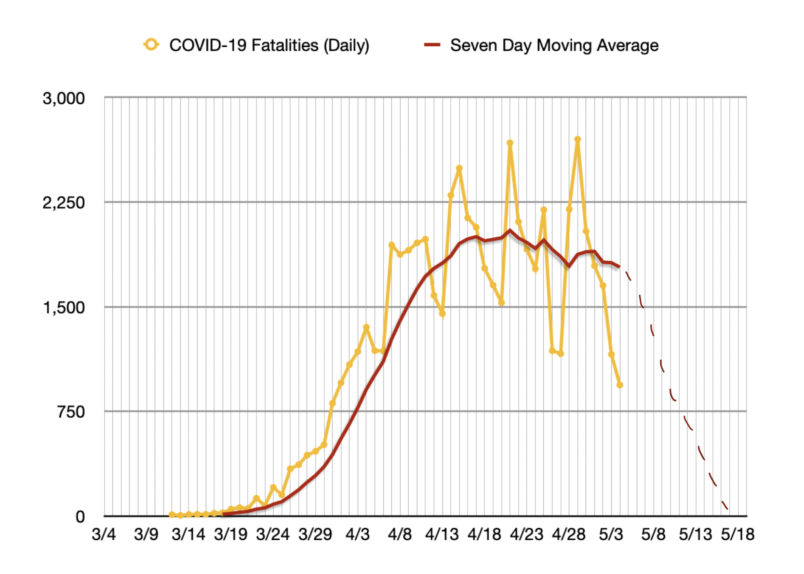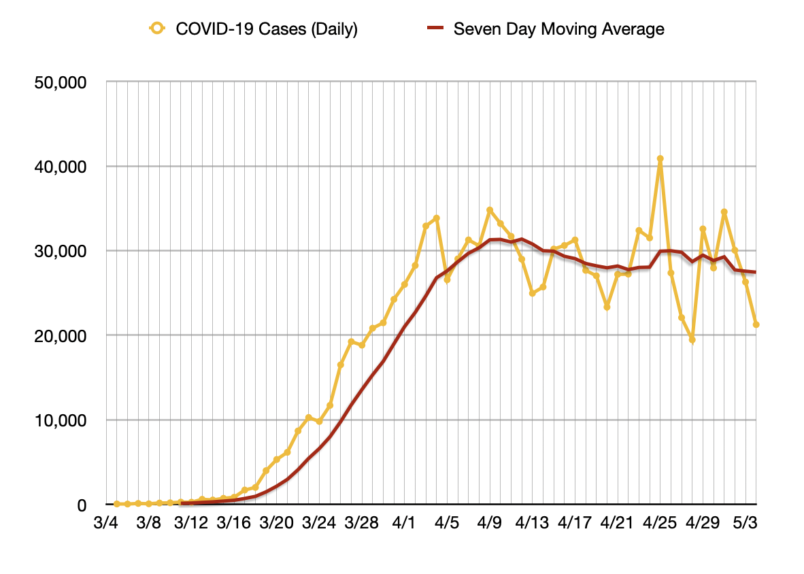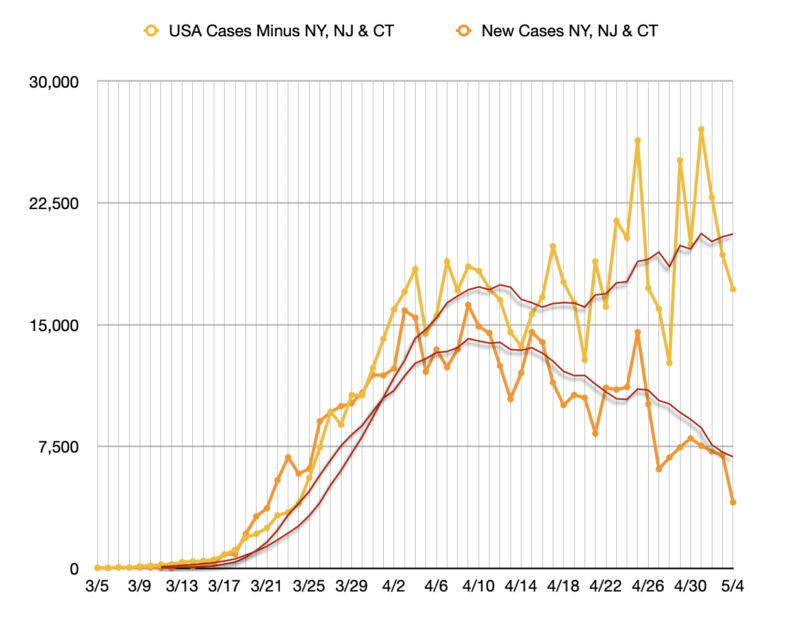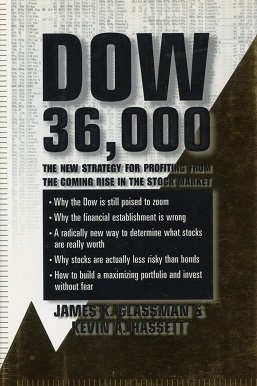One of the most depressing and least surprising developments in the last 36 hours is that the White House is apparently relying on a “cubic model” of the COVID19 epidemic prepared by White House economist Kevin Hassett to craft its crisis response. I have not seen any statisticians or epidemiologists who know precisely what “cubic” refers to the in this context – though there are some promising speculations based on simply plugging in one of the default trend lines (third degree polynomial) in Microsoft Excel. The more relevant point is that, according to The Washington Post, the model predicts the number of people dying of COVID19 in the US will fall to close to zero by May 15th – a scenario that seems all but impossible.
Here I can’t help but note a basic point. Hassett is not a health care economist, let alone someone at the crossroads of behavioral economics and epidemiologists. Indeed, his record as an economist is rather notorious.
Perhaps Hassett’s biggest claim to fame is coauthoring a 1999 book entitled Dow 36,000: Dow 36,000: The New Strategy for Profiting From the Coming Rise in the Stock Market. The book argued that traditional metrics for evaluating stock prices were outdated and that the stock market was dramatically undervalued. The Dow, then a bit over 10,000, would rise to 36,000 over the next three to four years. These are the kinds of predictions one often hears at the top of a bull market. And indeed the market hit its peak within months of the book’s publication and continued to fall for almost the next four years. Needless to say, that was two and a half market collapses ago. 21 years later the Dow stands at 23,749, though it did approach 30,000 before the COVID19 collapse.
To illustrate what Hassett’s model predicts, here’s the current trend of daily COVID19 mortality through yesterday, with my dashed line showing a drop to just a tiny number of new deaths per day by mid-month.

As you can see, it doesn’t look totally implausible if you assume a deceleration off the peak that is roughly the same as the acceleration in the first weeks of April. But the examples from Europe don’t suggest that is likely. And they’re even less likely if you look at the fairly stable trend of new infections.

It seems even less plausible when you breakout the epicenter states of New York, New Jersey and Connecticut and look at the trend of infections in the rest of the country.

Anyone can make a dumb prediction. Few have made ones of a more high-profile and quickly discredited nature. And for Hassett it’s rather par for the course. His is a DC GOP think tank (sinecured) economist who has generally paid no professional or reputational price for being wrong about virtually everything for decades. The decision to put such a person in charge of creating a predictive epidemiological model in the midst of a national crisis based on no professional or academic expertise whatsoever defies all logic. But then, who are we kidding? The President put his son-in-law, who’s only professional accomplishment was nearly bankrupting his real estate family after he took the reins after his father went to prison, in charge of epidemic crisis response.






